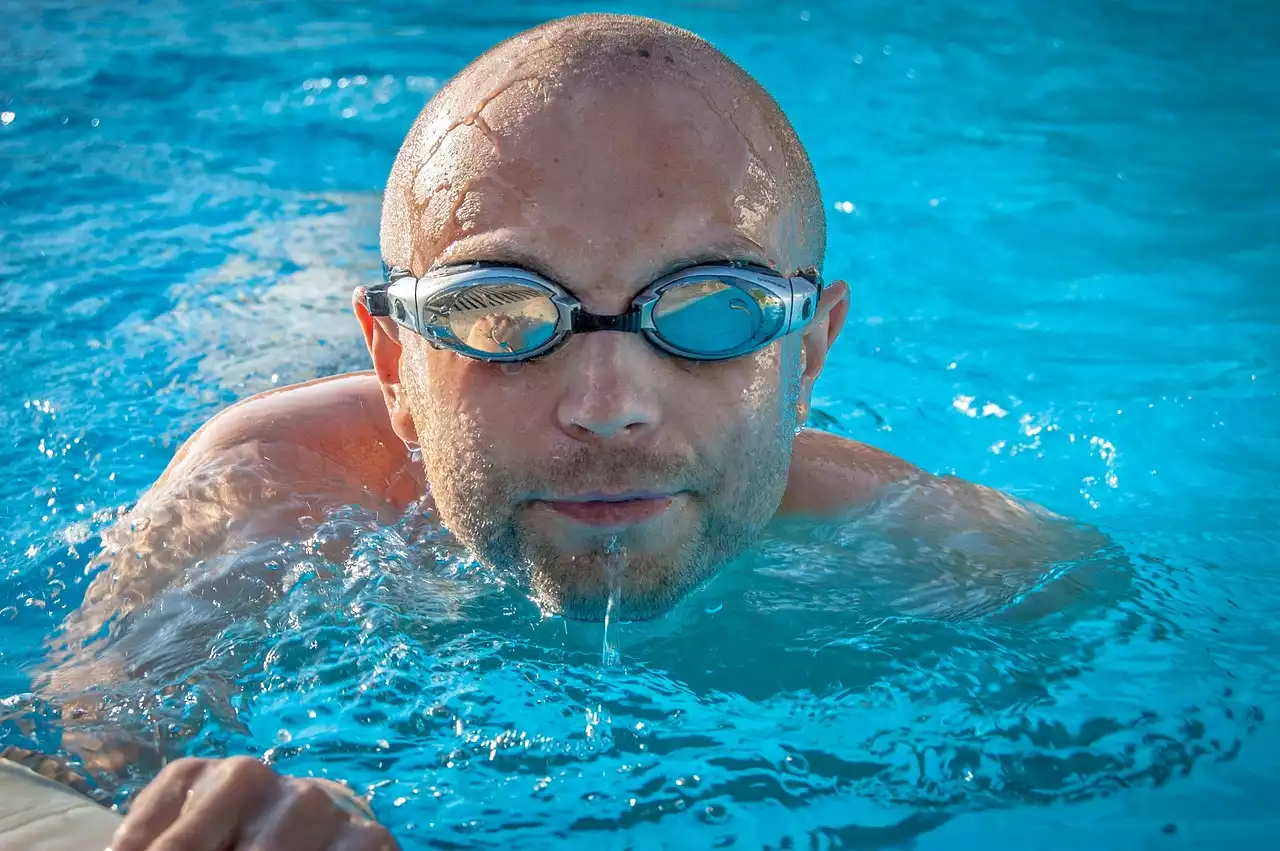Basic Swimming Strokes: Freestyle, Backstroke, Breaststroke, and Butterfly
Swimming is a great way to experience the power of water and to connect with nature. It is also an excellent way to stay fit, healthy, and active. Whether you’re a novice or an experienced swimmer, it’s essential to master the four basic swimming strokes - freestyle, backstroke, breaststroke, and butterfly. These four strokes are the foundation of many swimming techniques and can be used to increase speed, improve endurance, and enhance overall performance. With the right technique and practice, you can reap the rewards of swimming.
Overview of the Four Basic Swimming Strokes
The four basic swimming strokes are freestyle, backstroke, breaststroke, and butterfly. Each stroke requires different body positioning and technique. It’s important to understand the fundamentals of each stroke to maximize efficiency and minimize fatigue.
Freestyle Swimming Stroke
The freestyle stroke is one of the most popular swimming strokes and is used in many competitive events. It is known for its speed and efficiency and is often used as a warm-up or cool-down stroke. The body positioning for the freestyle stroke is flat on the water with arms and legs extended. The arms move in a windmill motion while the legs kick in a flutter kick.
The technique for the freestyle stroke involves pushing off the wall with a strong kick and taking long, deep breaths to the side. The arms should be extended forward, then pulled back and down to the hips. The legs should be kicking in a flutter kick with the toes pointed and the knees slightly bent. The head should remain in line with the body to ensure proper body positioning.
Backstroke Swimming Stroke
The backstroke is a fun and relaxing swimming stroke that can be used for leisurely swimming or competition. It is often used as a warm-up or cool-down stroke. The body positioning for the backstroke is flat on the water with arms and legs extended. The arms move in a windmill motion while the legs kick in a flutter kick.
The technique for the backstroke involves pushing off the wall with a strong kick and taking long, deep breaths with the face out of the water. The arms should be extended backward, then pulled forward and up to the hips. The legs should be kicking in a flutter kick with the toes pointed and the knees slightly bent. The head should remain in line with the body to ensure proper body positioning.
Breaststroke Swimming Stroke
The breaststroke is a slower, more relaxed swimming stroke that is often used in recreational swimming. It is also used in competitive events such as the medley relay. The body positioning for the breaststroke is in a streamlined position with arms and legs extended. The arms move in a circular motion while the legs kick in a frog kick.
The technique for the breaststroke involves pushing off the wall with a strong kick and taking small, shallow breaths with the face out of the water. The arms should be extended forward, then pulled back and down to the hips. The legs should be kicking in a frog kick with the toes pointed and the knees slightly bent. The head should remain in line with the body to ensure proper body positioning.
Butterfly Swimming Stroke
The butterfly stroke is one of the most challenging swimming strokes. It is known for its power and speed and is often used as a training stroke to improve speed and endurance. The body positioning for the butterfly stroke is in a streamlined position with arms and legs extended. The arms move in a windmill motion while the legs kick in a dolphin kick.
The technique for the butterfly stroke involves pushing off the wall with a strong kick and taking long, deep breaths with the face out of the water. The arms should be extended forward, then pulled back and down to the hips. The legs should be kicking in a dolphin kick with the toes pointed and the knees slightly bent. The head should remain in line with the body to ensure proper body positioning.
Tips for Improving Your Swimming Strokes
Now that you understand the basics of the four swimming strokes, it’s time to start improving your technique. Here are some tips to help you improve your swimming strokes:
- Practice, practice, practice! The more you practice, the better you will become.
- Focus on improving your body positioning. Proper body positioning is essential for efficient swimming.
- Work on your breathing technique. Take deep, full breaths and exhale completely.
- Work on your kick. A strong kick is essential for speed and propulsion.
- Focus on streamlining your body. Minimizing drag will help you swim faster.
- Concentrate on your stroke. Focus on the details of your stroke to ensure the most efficient technique.
Swimming Drills for Each Stroke
Swimming drills are an effective way to improve your technique and become a better swimmer. Here are some swimming drills for each stroke:
- Freestyle: Catch-up drill, fingertip drag drill, single arm drill
- Backstroke: Catch-up drill, one arm drill, sculling drill
- Breaststroke: Kick drill, pull drill, head-up drill
- Butterfly: Catch-up drill, single arm drill, fingertip drag drill










